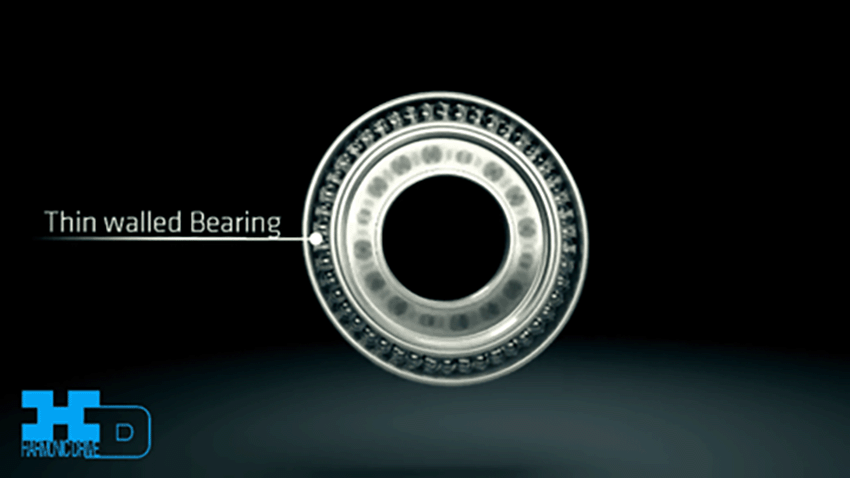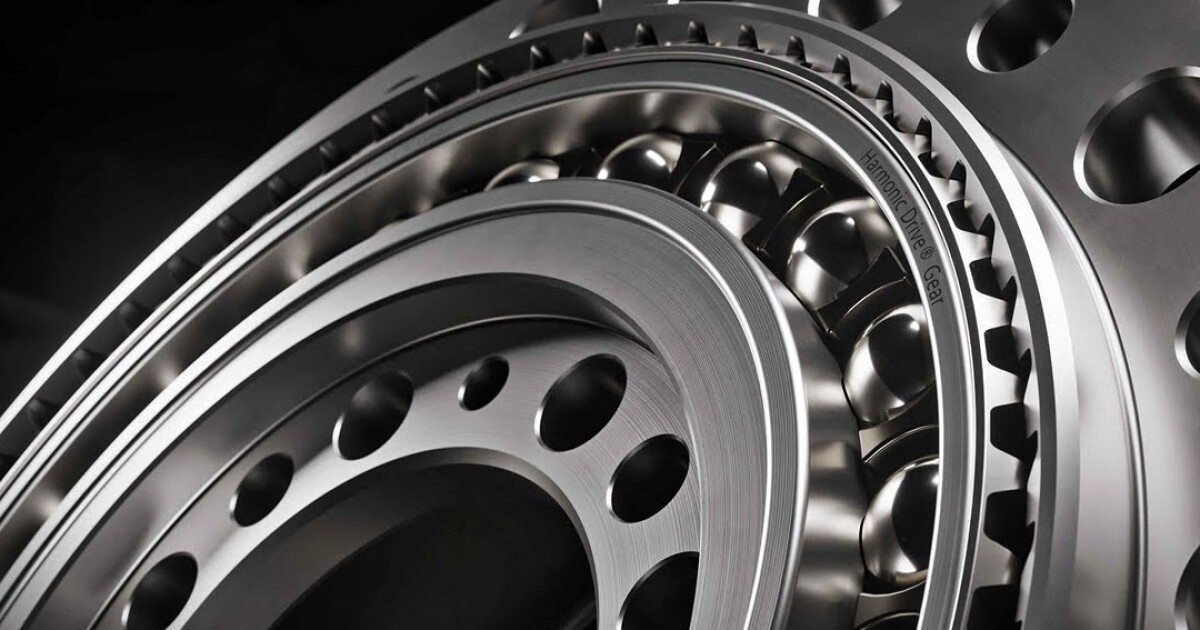The harmonious unit is a key part of countless robotic applications. This Gear system is incredibly simple, but quite strange, is very accurate with the impressive torque ratio to weight, even if it varies. So how does it work?
The seemingly bizarre harmonic drive is in fact rather brilliant in how it works-it is a flexible assembly-kruh-Kruh creates a fluctuating movement as it turns, and puts only about a third of their two main teeth in contact with each point at each point – The result is a compact and lightwight remark, a small drive, capable of supplying excellent torque with absolute accuracy and zero driving algae or free game.
It was first created in 1957 Pennsylvania’s C. Walton Musser, an amazingly creative inventor with patents for everhyting from the power steering systems, the blank rifles and pneumatic inflatable jackets, to many key ideas that support jet seats. The harmonious ride was commercialized for the first time in the early 1960s. Is made of three key components:
Harmonic Drive
- Wave generator: slightly elliptical entrance charge with ball bearing around its outer edge.
- Flexsppline: Flexible component in the shape of a cup with teeth on the outer perimeter. It deforms radially, but when inserting an elongated wave generator, it retains torsional stiffness.
- Circular spline: A completely stiff ring with inner teeth, similar to the planetary ring gear and two other teeth than Flexspline.
When the wave generator turns, about 30% of Flexsppline teeth at both ends will make contact with the teeth of the circular spline at the moment and create the advancing waves. This causes FlexSpline to rotate inside a circular spancing, but in the opposite direction of the entrance. See it:
Harmonic Drive® Voltage Wave Devices: Functional Principle Original
Part of the genius of this system is its zero will – there is no game between gears, which is ideal for accurate and fine engine control. Its compact, light design is also ideal for applications with limited space. And with several moving parts, the harmonious unit is highly reliable and sustainable.
Today, harmonious units are everywhere and off Planet. Industrial robots, such as Fanuc and Universal robots, use them for tasks such as welding and assembly, where there is a critical precise movement.
The Surgical Robot Da Vinci, designed for minimally invasive procedures, transmits harmonious drives in his arms, giving him fine micro -rains with zero will for maternity accuracy in performing minimally invasive operations on humans.

Harmonic Drive
Atlas Humanoid Atlas Boston Dynamics and Quadrumed Robots use them, among other things, in their arms and legs to achieve smooth, controlled movement and at the same time being strong.
Even NASA Mars Rovers, curiosity and perseverance, have harmonious drives in their robotic weapons and bikes. Sending the Rovers to another planet without hope of maintenance or correction stops is proof of the boundability and durability of this proposal.
While Musser never lived to see his invention reaches Mars, at least he witnessed that he was going to space. The harmonious unit was a common part in the standard System-AKA System-AKA “Canadarm”-used on shuttles such as Columbia and Challenger to handle payloads and deploy loads.
Almost 70 years after its creation, this remarkable invention with a distinctive but effective “fluctuations” continues to be found in different areas. From accurate surgical movements to exploring distant planets, the genius lies in harmonious drives in its simplicity, commitment and accuracy.
Harmomic Drive® Strew Wave Read – Nulon
Source: Harmonic Drive

